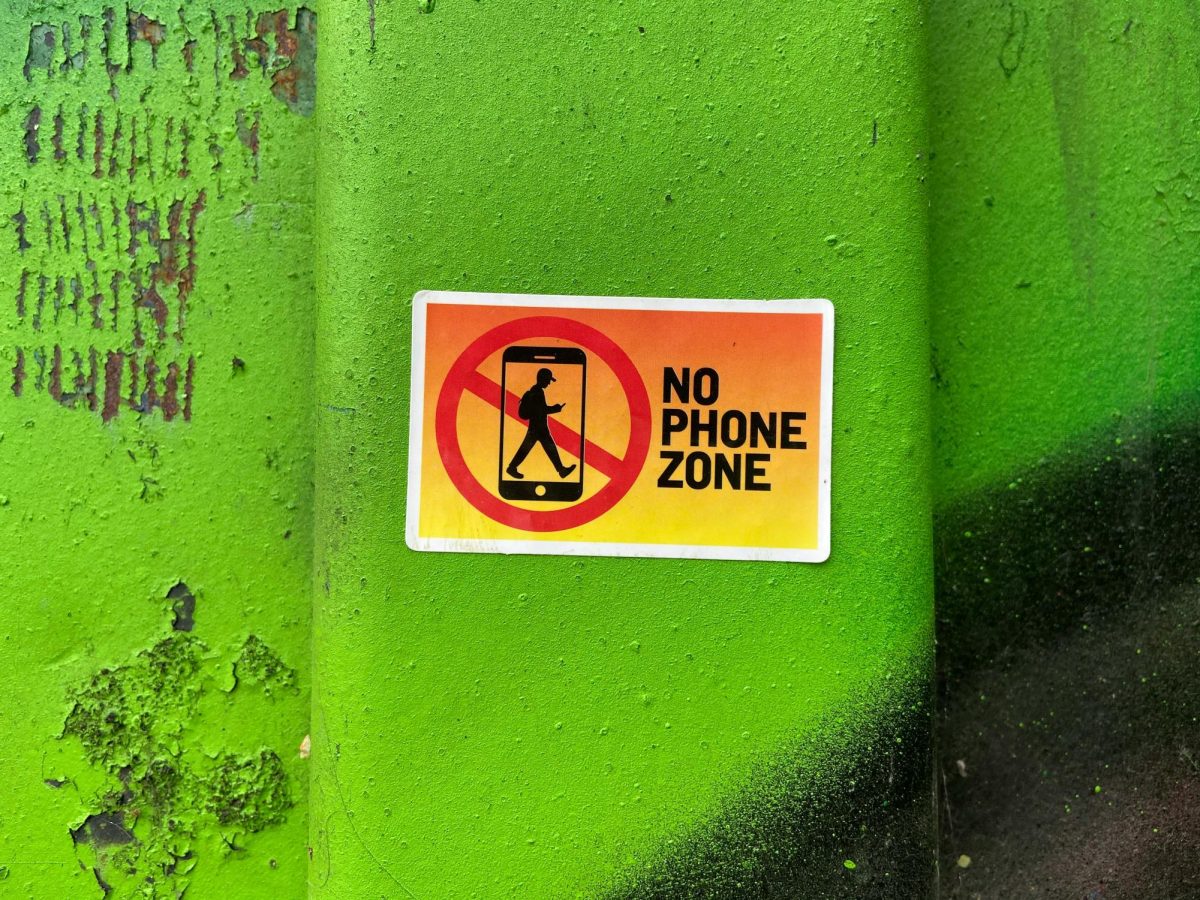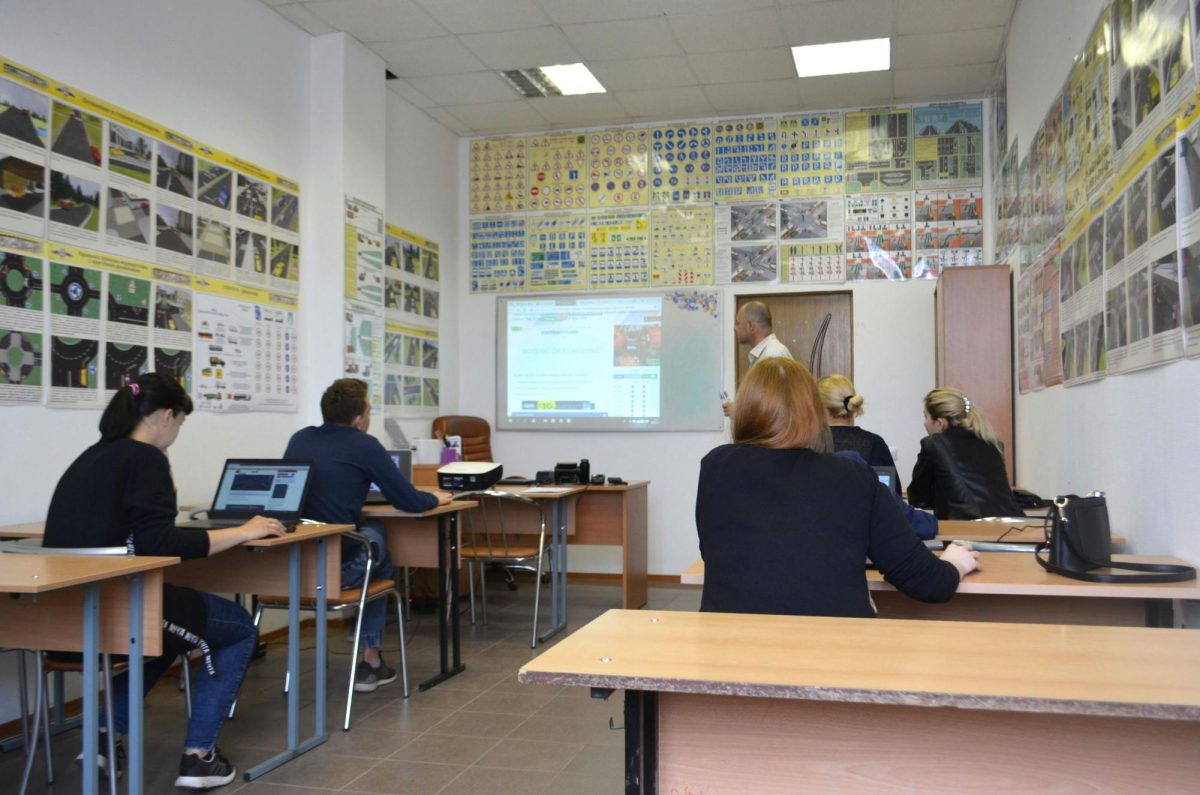Over five years have passed since the beginning of the COVID-19 pandemic. This period was marked by millions of deaths, infections and an overall sense of isolation. Moreover, the virus contributed to major political disarray that continues to persist today, with its origins largely being contested. According to the NIH, COVID-19 was initially discovered in Wuhan, China in November 2019.
Having lived in both the United States and Italy, I have been able to reflect on the different experiences of citizens in both countries during the height of the pandemic and in its aftermath. When the lockdown was first announced, kids and parents enjoyed a break from school and work. Nevertheless, that small, weeks-long break ended up turning into a five-month shutdown.
On March 13, 2020, the United States declared a national emergency, imposing measures such as travel bans and the closure of schools. Similarly, Giuseppe Conte, then Italy’s prime minister, announced a state of emergency on March 31, 2020. With this, a policy of isolation was enforced, with a goal of preventing the further spread of the virus.
During this time, life in Italy felt isolated, with interactions being limited to one’s immediate family. Most notably, Italians could not exit their homes for the first two months of the pandemic, and later were restricted to locations in a 500 meter perimeter of their homes. As a result, Italian culture was greatly affected, especially for the younger populations whose upbringing was previously centered around intimate friendships. However, with a lack of physical interactions, teenagers had nowhere to look to but social media to maintain these ties. Furthermore, considering that engaging with family is a large part of Italian society, many adults lacked the support of those previously around them during this time.
The experiences of my family members and friends in the United States were varied. For example, there were those who said “life was great having no school,” while others faced deaths within their family, expressing that “we don’t know what to do,” or even, “I feel so lonely; when can I leave this place?” Although these restrictions were not as limiting as they were in Italy, they reflect sentiments of isolation.
The impacts of the pandemic continue to persist. In Italy, some in the younger generations have resorted to violence, smoking and drinking. Others have experienced depression, leading some to drop out of high school. Physical fights continue to break out among locals. Meanwhile, in the United States, it is clear that the pandemic has contributed to many children becoming addicted to their phones and social media platforms. With a pressure to enhance one’s appearance, the United States has seen an uptick in depression as well. Although the COVID-19 pandemic brought great suffering around the world, it has also encouraged governments to take proactive measures against infectious diseases, overall promoting public health preparedness.









